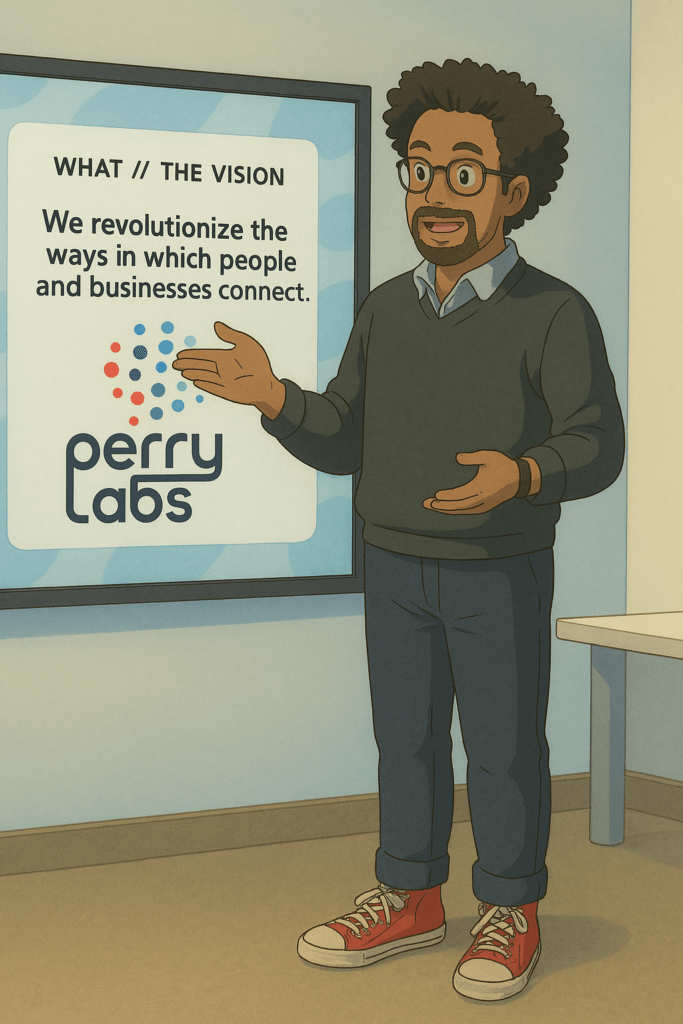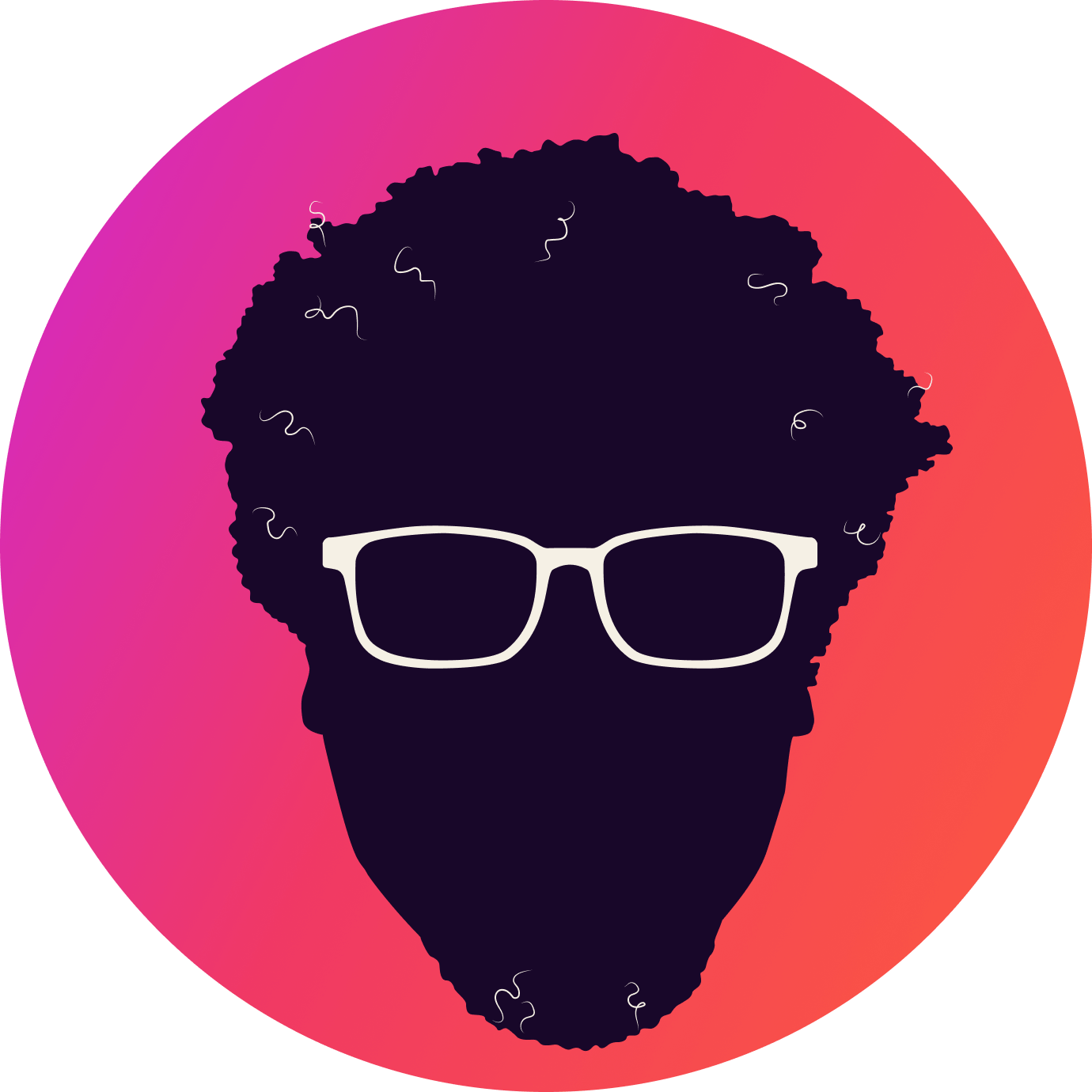The Worst It Will Ever Be
One thing I often say in my talks is that this version of AI you’re using today is the worst it will ever be.
It’s not a knock—it’s a reminder. The pace of progress in AI is staggering. Features that were laughably bad just a year or two ago have quietly evolved into shockingly capable tools. Nowhere is this more obvious than with image generation.
Designers used to love dunking on AI-generated images. We’d share screenshots of twisted hands, off-kilter eyes, and text that looked like a keyboard sneezed. And for good reason—it was bad. But release by release, the edges have been smoothed. The hands make sense. The faces feel grounded. And the text? It finally looks like, well, text.
Miyazaki’s Legacy Meets AI
This all came to mind again recently when an old clip of Hayao Miyazaki started circulating. If you’re not familiar, Miyazaki is the legendary co-founder of Studio Ghibli, the anime studio behind Spirited Away, My Neighbor Totoro, and Princess Mononoke. His art style is iconic—whimsical, delicate, and instantly recognizable. Ghibli’s work isn’t just beautiful; it’s emotional. It feels human.
So when Miyazaki was shown an early AI-generated video years ago, his response was brutal:
“I strongly feel that this is an insult to life itself.”
Oof. But here we are in 2025, and now people are using ChatGPT’s new image generation feature to recreate scenes in Studio Ghibli’s style with eerie accuracy.
Of course, I had to try it.

And I have to admit—it’s impressive. Not just the style replication, but the fact that the entire composition gets pulled into that world. The lighting, the mood, the characters… the tool doesn’t just apply a filter. It understands the vibe.
Muppets, Comics, and Infographics, Oh My
Inspired by the experiment, I went down the rabbit hole.
First: Muppets. I blame my older brother James for this idea, but I started generating Muppet versions of our family and a few friends. The results were weirdly good—cheery felt faces, button eyes, and backgrounds that still somehow made sense. It even preserved details from the original photos, just muppet-ified.

Then I wondered—could this work for layout-driven design? What about infographics?

Again, it nailed it. The AI could not only generate visuals, but correctly layer and position readable, realistic text onto the images—a feat that was basically impossible in the early days of AI art.
So I pushed further: comics.
Could I recreate the clean simplicity of XKCD or the style of something like the popular The Far side comic strip?


From Toy to Tool
You can’t snap your fingers and expect instant results. But it’s no longer just a toy. It’s a creative partner—and if you’re a designer, marketer, or content creator, it’s something you should be exploring now.
And here’s the big takeaway. Even if the images don’t quite reach your final vision, they’re now good enough to prototype, storyboard, or inspire a full design process. The creative bar keeps rising—and so does the floor.
So if you haven’t played with ChatGPT’s image generation yet, try it out. Generate something weird. Make a comic. Turn yourself into a Muppet. Just remember: This is the worst version of the tool you’ll ever use.
